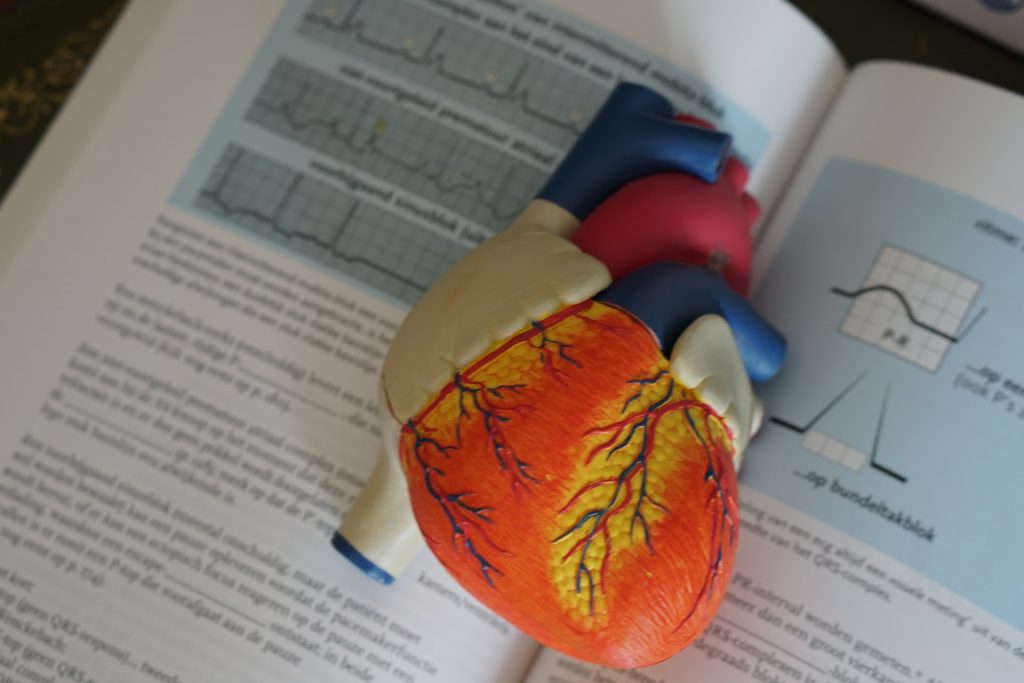Can Seven Questions Measure Wisdom and Resilience?

In a new study published in International Psychogeriatrics, researchers report that a shortened, seven-item scale can help determine a person’s level of wisdom, a potentially modifiable personality trait shown to be strongly associated with well-being.
Previously, the researchers had developed the 28-item San Diego Wisdom Scale (SD-WISE-28), which has been used in large national and international studies, biological research and clinical trials to evaluate wisdom.
But researchers found that an abbreviated seven-item version (SD-WISE-7 or Jeste-Thomas Wisdom Index), was comparable and reliable.
“Wisdom measures are increasingly being used to study factors that impact mental health and optimal aging. We wanted to test if a list of only seven items could provide valuable information to test wisdom,” said senior author Dilip V. Jeste, MD.
Past studies have shown that wisdom is comprised of seven components: self-reflection, pro-social behaviours (such as empathy, compassion and altruism), emotional regulation, acceptance of diverse perspectives, decisiveness, social advising (such as giving rational and helpful advice to others) and spirituality.
The latest study surveyed 2093 participants online, ages 20 to 82. The seven statements, selected from SD-WISE-28, relate to the seven components of wisdom and are rated on a 1 to 5 scale, from strongly disagree to strongly agree. Examples of the statements include “I remain calm under pressure” and “I avoid situations where I know my help will be needed.”
“Shorter doesn’t mean less valid,” said Dr Jeste. “We selected the right type of questions to get important information that not only contributes to the advancement of science but also supports our previous data that wisdom correlates with health and longevity.”
In addition, the SD-WISE-7 was found to strongly and positively correlate with resilience, happiness and mental well-being and strongly and negatively correlate with loneliness, depression and anxiety.
“There are evidence-based interventions to increase levels of specific components of wisdom, which would help reduce loneliness and promote overall well-being,” said Dr Jeste.
“Like the COVID vaccine protects us from the novel coronavirus, wisdom can aid in protecting us from loneliness. Thus, we can potentially help end a behavioural pandemic of loneliness, suicides and opioid abuse that has been going on for the last 20 years.”
Next steps include genetic, biological, psychosocial and cultural studies of large numbers of diverse populations to assess wisdom, as well as various factors related to mental, physical and cognitive health in people across the lifespan.
“We need wisdom for surviving and thriving in life. Now, we have a list of questions that take less than a couple of minutes to answer that can be put into clinical practice to try to help individuals,” said Dr Jeste.
Source: University of California San Diego School of Medicine





